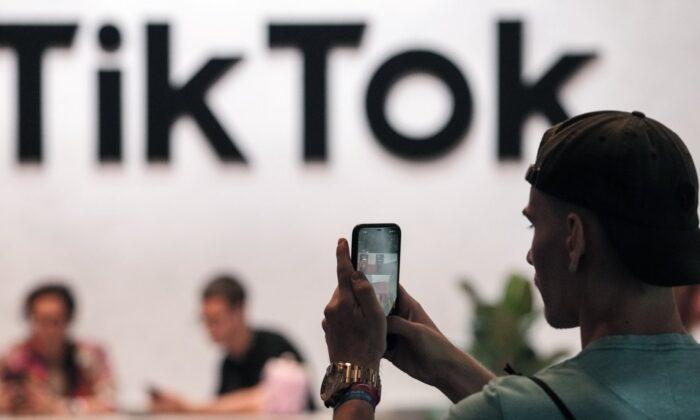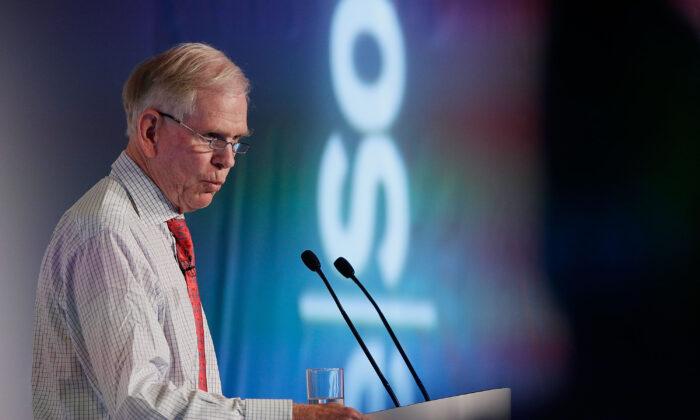The Nasdaq Composite has reported losses of nearly $1 trillion, in what constitutes the index’s worst week since early January, as legions of highly valued tech stocks see notable declines in market capitalization.
Continuing the trend of several challenging months for the notable exchange, the Nasdaq closed on Thursday evening $982 billion lower than it opened on Monday, driven by massive losses for big tech.
Among the most notable of these is Apple’s loss of about $200 billion, which knocked the tech company from its perch as the world’s most valuable company for the first time since 2020, falling behind Saudi Aramco, which has grown in recent months because of oil scarcity.
The recent and ongoing decline of the stock market was not unforeseen by economists and other market experts, many of whom predicted that a large sell-off such as this would follow from the Federal Reserve’s regimen of interest rate hikes to curb inflation. However, few could have foreseen the perfect storm of factors contributing to economic trouble this spring.
“This market is the reflection of some major systemic problems that have hit at the same time—inflation, China’s zero-COVID policy, rising interest rates, war in Ukraine, trade restrictions with Russia, and supply chain problems,” market analyst and SynerAI CEO Travis Nixon told The Epoch Times.
“All of these issues have hit companies, but with unequal force—energy companies have by and large kept the DOW from downturns anywhere close to the Nasdaq as oil prices skyrocket.”
The decline in the Nasdaq is notable because of the high prevalence of tech and media stocks in this exchange, relative to the New York Stock Exchange, Dow Jones Industrial Average, and S&P 500. Indeed, the Nasdaq has become ground zero for the current stock market disaster. Many tech stocks have seen some of their worst runs in the last decade, with notable declines in the last month in Netflix, Meta Platforms, and even Amazon, among many other companies in the digital sphere.
“[W]hat tends to slip the standard conversation is a specific supply crunch that is killing tech: eyeballs,” continued Nixon.
“With COVID lockdowns ending, people have more options for what to do with their time, and they are consequently left with a smaller share of their total day that they can devote to electronic devices,” he said.
“Any company that monetized consumer attention has been facing extreme headwinds, and not just in the areas you would look at first. Streaming and social media is an obvious example, but this is also a problem for e-commerce (more time online leads to more transactions, as well as greater options to go with brick-and-mortar locations), search engines, and media companies.
“COVID led to sky-high valuations for companies that monetized a shut-in America. It should be no surprise that lockdown easing has killed growth and led many to question the valuations that were placed with these tech companies before.”
In any event, the market looks increasingly bearish as interest rate hikes coincide with a litany of economic factors to make investors more fearful of the markets at present. And while some companies, such as arms manufacturers and oil companies, have grown in light of these recent events, the tech industry continues to suffer as investors second-guess their commitment to these stocks.





